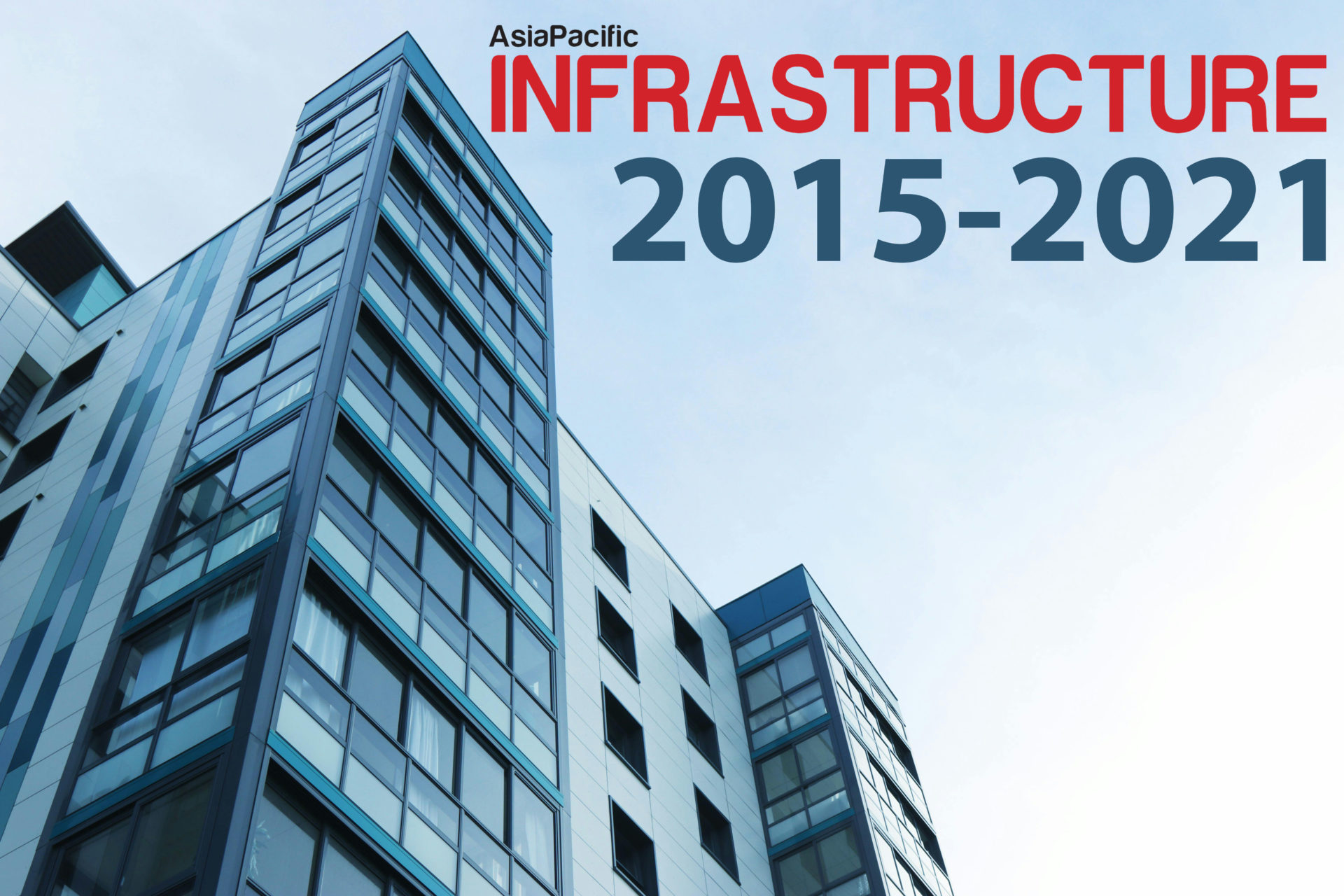The Government has released its Public Housing Plan 2021-2024 which outlines the intention of where 8,000 additional public and transitional housing places announced in Budget 2020, will go

The Public Housing Plan will focus on opportunities to build more homes in communities of severe housing deprivation. It will concentrate on areas which are now facing high population growth and where the Housing Register is growing exponentially.
The plan identifies a number of focus area locations for investment, in addition to the national pipeline for public housing that’s already in place.
These areas are:
- Northland: With dampness, mould, and a lack of basic amenities, Northland has the worst housing in New Zealand, amid low incomes and overcrowding. It is also a hot spot for rheumatic fever. The rapid population growth has outstripped housing supply and it has the second highest rate of severe housing deprivation in the country. Some areas have such low house prices that there is no financial incentive to build eg Hokianga, Kaikohe, Kaitaia. Other areas are unaffordable for local income levels eg Doubtless Bay, Bay of Islands. Its remote location has an impact on construction costs and access
to labour. - Hamilton: Hamilton has experienced strong population growth fuelled by growing economic opportunities and improved transport links. Together with high unemployment and lower incomes, this means Hamilton has lower home ownership rates than other large cities. High land prices are impacting further growth and elevating housing costs.
- Tauranga: Strong population growth has resulted in an increased demand for new
housing. Tauranga has some of the most unaffordable housing in New Zealand, with house prices going up 75% over five years. Median rents have significantly increased across Bay of Plenty. There is a shortage of available land for development. - Rotorua:¬†Rotorua city has experienced strong growth after years of stable population. New construction has not kept pace with this increased growth with new building consents low. Available land faces infrastructure challenges, including flooding and stormwater. A shortage of housing means more individuals and whńĀnau are living in severe housing deprivation.
- Gisborne:¬†Gisborne is an isolated and predominantly MńĀori community experiencing strong employment and population growth. Previous investment in public housing has focused on demolition, rebuilding and refurbishing existing housing stock rather than new builds. The community is vulnerable to natural hazards and climate change.
- Napier: Napier has some of the highest housing need in relation to population size. The population increased 9% between 2013-2018. Population growth has outpaced construction and insufficient supply has resulted in a growing shortage of housing. There are also high levels of rental stress, particularly for low income households.
- Hastings:¬†In Hastings, the Housing Register has grown rapidly and is now the 5th highest per capita in New Zealand. Lack of housing supply has increased reliance on motels for emergency housing. MńĀori make up 68% of those on the Housing Register and are overrepresented in those with poor outcomes.
- Whanganui: The area is experiencing its strongest population growth since 1996, and a growing number of low income households are struggling to secure accommodation. Median sale prices have doubled along with median rents increasing. This situation is likely to worsen unless new housing stock is provided.
- Palmerston North: Population growth of 6% between 2013-2018 has created a housing shortage in Palmerston North, and nearby towns are growing after shrinking in the 1990s/2000s. Previous focus on investing in redevelopments of existing public housing (i.e. demolition, rebuilding and refurbishing of existing stock) rather than new builds, and a shortage of land on the outskirts of the
city, contribute to a housing shortfall.
These are areas where need for public housing has grown the fastest and a step change in delivery is required. The locations are regional centres where population growth has exceeded new housing development leading to rising rents and housing shortfalls.
Focus area factors include:
- sharp rise in housing costs
- reliance on motels for emergency housing
- overcrowding
- population increases that have outpaced construction
- infrastructure not able to support development
- housing deprivation.
‚ÄúThe extra 8,000 homes ‚Äď 6000 public housing places and 2,000 transitional housing places –¬† reinforces the Government‚Äôs investment in public housing,”¬†says Prime Minister Jacinda Ardern.
“The plan confirms we are on track to deliver over 18,000 extra places by 2024.
“This is not only delivering more warm, dry public housing for those most vulnerable to housing shortages, but also boosts economic activity, jobs in the building sector, employment and apprenticeship opportunities for young people.
“Fixing the housing crisis is a key focus of this Government and our public housing programme plays a key part in enabling more housing to be built through infrastructure investment and support for the construction sector.
Housing Minister Megan Woods says the need for public housing for the most vulnerable members of our communities, continues to grow.
‚ÄúAs this plan outlines, we will focus on building more public and transitional housing in New Zealand‚Äôs regions where¬†population growth has significantly exceeded housing, leading to rent rises, housing shortages and deprivation,‚ÄĚ she says.
‚ÄúTe TŇęńĀpapa Kura KńĀinga – Ministry of Housing and Urban Development will concentrate on locations with high need and where demand for public housing is the greatest.¬† While public housing will continue to be delivered across the country, there is a particular focus on Northland, Hamilton, Bay of Plenty, Gisborne, Napier, Hastings, Palmerston North and Whanganui.”
Public Housing Pipeline
| Area | June 2020 Supply | June 2022 Supply | June 2024 Supply |
| Far North, Kaipara, WhangńĀrei | 2328 | 2520 (+192) |
2868 (+348) |
| Hamilton City, Hauraki, Matamata-Piako, Otorohanga, South Waikato, TaupŇĆ, Thames-Coromandel, Waikato, Waipa, Waitomo | 4947 | 5249 (+302) |
5911 (+662) |
| Kawerau, ŇĆpŇĆtiki, Rotorua, Tauranga, Western Bay of Plenty, WhakatńĀne | 3088 | 3457 (+369) |
3989 (+532) |
| Central Hawke’s Bay, Hastings, Napier, Wairoa, Gisborne | 4513 | 4957 (+444) |
5585 (+628) |
| Horowhenua, Manawatu, Palmerston North, Tararua, Whanganui | 2451 | 2779 (+328) |
3066 (+287) |




